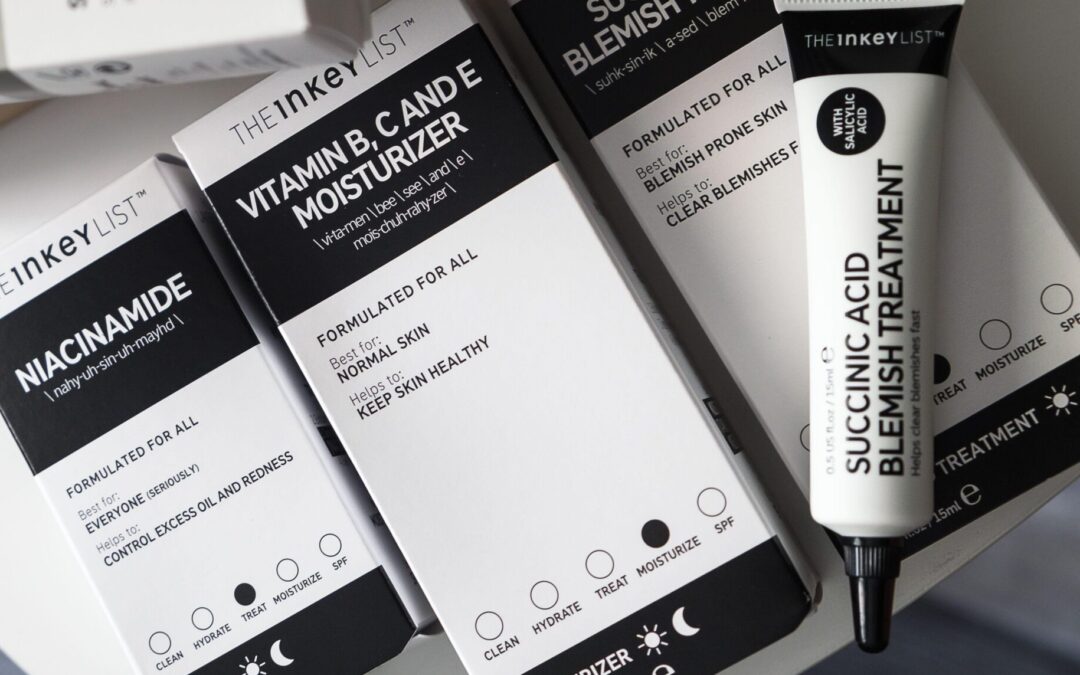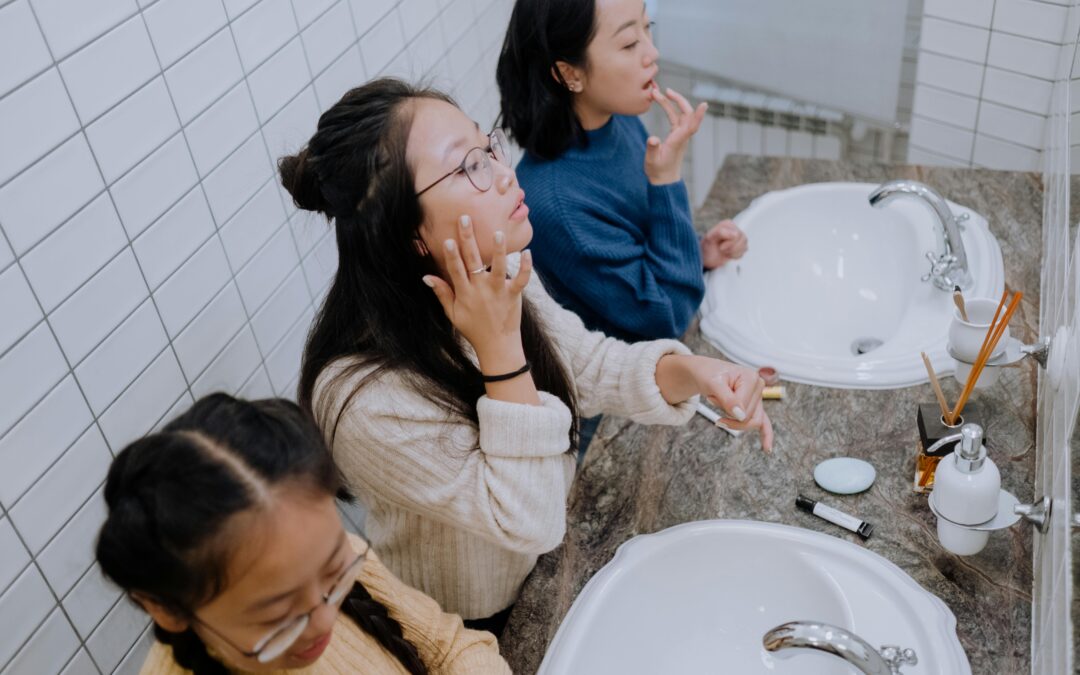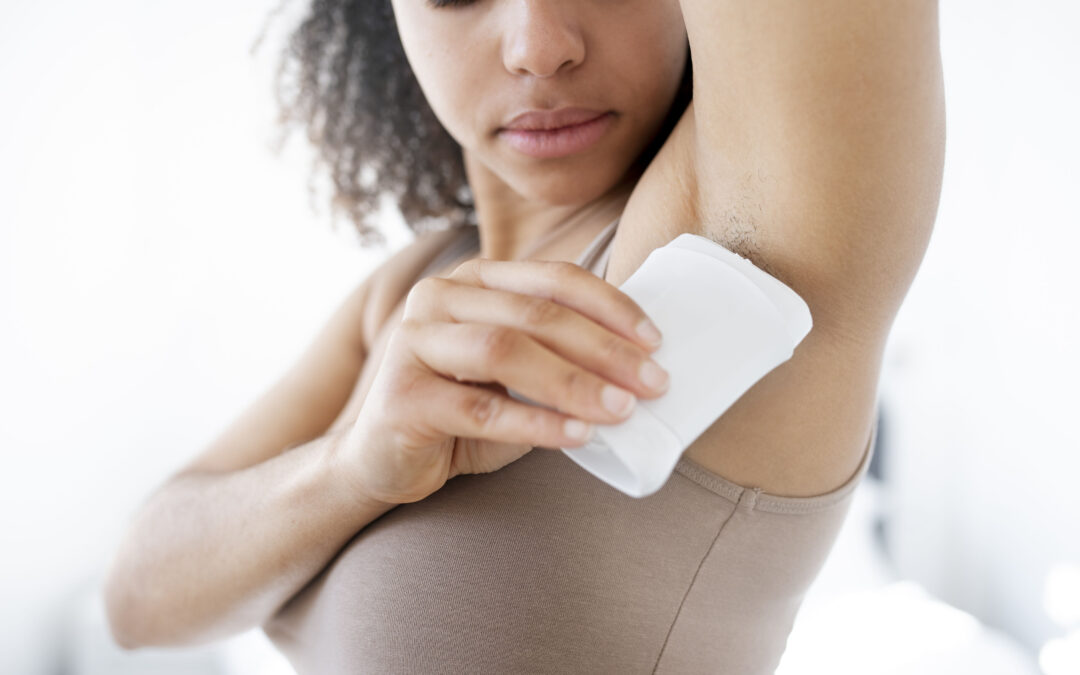They’ve taken over TikTok and the shelves of every beauty aisle, but do pimple patches actually work, or are they just another overhyped skincare fad? Do these tiny dots actually act as the solution to breakouts that we have been waiting for, or are they just another marketing gimmick?
Pimple patches are primarily made of hydrocolloid, a gel-forming material known for its ability to absorb water and fluids from pimples. In addition to hydrocolloid, many patches also feature active ingredients like salicylic acid, hyaluronic acid, tea tree oil, and niacinamide—each contributing to their effectiveness in combating acne.
Dr. Chandrashekar Jaiswal, a skincare expert who runs his own private clinic in Chhindwara, India, explains that the ingredients in these patches are not only well-researched but also highly effective in addressing acne. He says, “Salicylic acid and hyaluronic acid work as synonyms. Salicylic acid helps in reducing the serum content, while hyaluronic acid hydrates the skin. This makes it a very effective combination to fight acne.”
In addition to his private practice, Dr. Jaiswal has been an assistant professor at the Chhindwara Institute of Medical Sciences in the Department of Dermatology for the past six years, further solidifying his expertise in the field.
“Pimples are actually a natural thing. It happens to everybody, male or female. But the person suffering from pimples can lose their confidence if they get a lot of pimples on their face. They may try many things, such as concealers or other makeup to cover them. However, pimple patches contain ingredients used in traditional acne treatments, making them a better option than other concealing agents,” says Dr. Jaiswal.
A Global Phenomenon
Shuhan Yang, 22, from Beijing, China, first discovered pimple patches when she was 16. “I thought that was kind of stupid. That was my first impression because I felt like, you probably need to put some cream on your pimple for it to just go away. I didn’t think you could just put a patch on it and expect it to disappear the next day. I thought it was a scam,” she shares.
Now, Shuhan owns two types of pimple patches: one from a Korean brand and the other a mix of star and heart-shaped patches in various colors. “I sometimes wear the patches because they are trendy and look cool. Especially if I’m going out and I have a massive pimple, I’m not going to use makeup to cover it up. If I have star or heart-shaped pimple patches, I’ll just put them on. Sometimes even if I don’t have pimples, I just want to look cute or if there’s a dark pimple scar, I just put a pimple patch on it because I think it looks cute.”
Maria Paula Aguilar, 15, a high school student from Peru, mentions that many of her friends suffer from acne and rely on star-shaped or transparent pimple patches. “Every time I go out and see young people, especially girls, they use pimple patches like the transparent ones. It’s become part of the beauty routine for many. Some don’t care if the products they use cause irritation or allergies as long as their acne disappears. That’s all they notice.”

Shifting Perspectives on Acne
Dr. Monisha Madhumita, a consultant dermatologist who primarily works with individuals with skin of color and acne or hyperpigmentation disorders, highlights how decorative pimple patches offer a new form of self-expression. “I was initially skeptical about pimple patches, but now I see that these patches are effective. Not only do they target acne, but their decorative designs—like stars and hearts—help shift how acne is viewed. The current generation is using these patches as a form of self-expression, which is a wonderful thing given the psychological impact acne can have.”
Maria Paula was also influenced by TikTok to buy pimple patches. “I saw several influencers using pimple patches, and I was curious to see if they worked. For instance, I watched a TikTok video of an American influencer using Mario Badescu brand patches. I went to a beauty store called Aruma, saw them on display, and couldn’t resist buying a box. The marketing plays a huge role in making pimple patches appear like a modern, viral skincare product, especially with the advancement of science.”
Dr. Madhumita acknowledges the powerful marketing strategies behind pimple patches. “There has been a strategic plan for how and when these patches are released into the market, especially because skincare is a trillion-dollar industry. It’s no accident that pimple patches are marketed with active ingredients as well as appealing designs. There’s been a noticeable shift in focus from millennials—who are now entering their 30s—to Gen Z (early 20s and teenagers), aiming to rebrand skincare products in ways that resonate with them.”
Read our basic guide to building your skincare routine here: https://radiancemag.co.uk/2025/05/20/your-guide-to-building-a-skincare-routine/
Mixed Opinions on Effectiveness
Matilda Grimes, 17, from Eynsford, uses pimple patches only a couple of times a month. “I don’t use them that often, only when I have a bad pimple. Sometimes they don’t stick very well. I do notice a slight difference when I use them, but I mostly use them to cover up pimples without makeup. I use them on whiteheads or sometimes to prevent myself from picking at a pimple. I feel they speed up the healing process, especially when they peel off the top of the whitehead, but I’m not completely sure.”
The Science Behind Pimple Patches
According to Dr. Pallavi Rathi, a dermatologist with 16 years of experience who runs her own clinic in India, pimple patches are effective at the base level for treating acne. “Pimple patches are small stickers made of hydrocolloid that stick to the skin. They absorb fluid and pus, protect the pimple from dirt, and reduce inflammation, helping it heal faster while preventing picking. Some patches also contain benzoyl peroxide, which further aids in acne reduction. They’re effective for superficial acne but aren’t useful for cystic acne.”
Dr. Jaiswal concurs, adding, “There are four grades of pimples. Patches with hydrocolloid are helpful for grade 1 pimples, while those with salicylic acid are effective for grade 2. However, these patches don’t work on grade 3 and 4 pimples, as they don’t address cystic acne and will provide no relief.”
The Future of Pimple Patches
Advancements are being made in the types of pimple patches available. Dr. Madhumita mentions two new types: microneedle patches and smart patches.
“Microneedle patches contain tiny needles that create micro-punctures in the skin, allowing active ingredients to penetrate deeper. Recent research shows that these patches may be more effective than traditional ones, especially for deeper acne,” she explains. “Smart patches are also emerging, incorporating AI to monitor factors like oil production and skin pH, enabling a more personalized and sustained release of active ingredients based on the skin’s condition.”
Dr. Madhumita expresses excitement about the evolution of pimple patches. “Initially, these patches had minimal effect, but now we see that they’re backed by science, which is a huge step forward in their development.”




